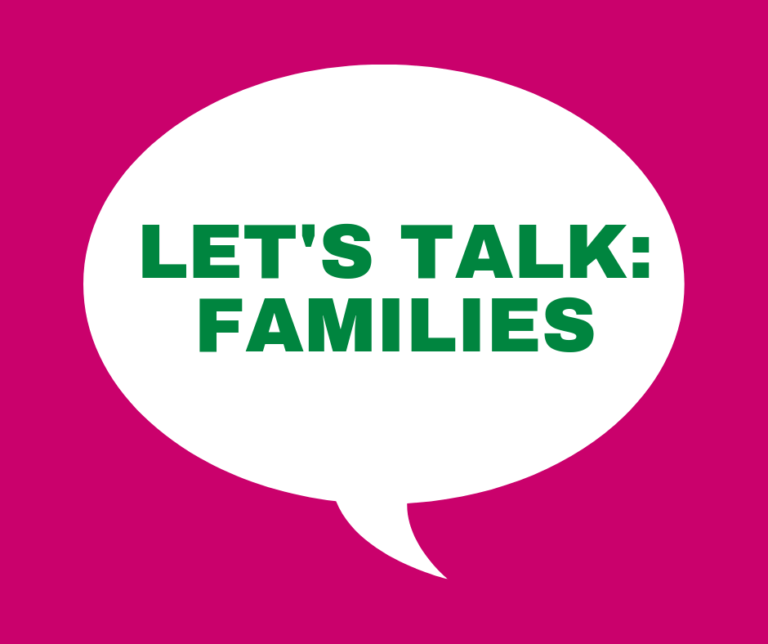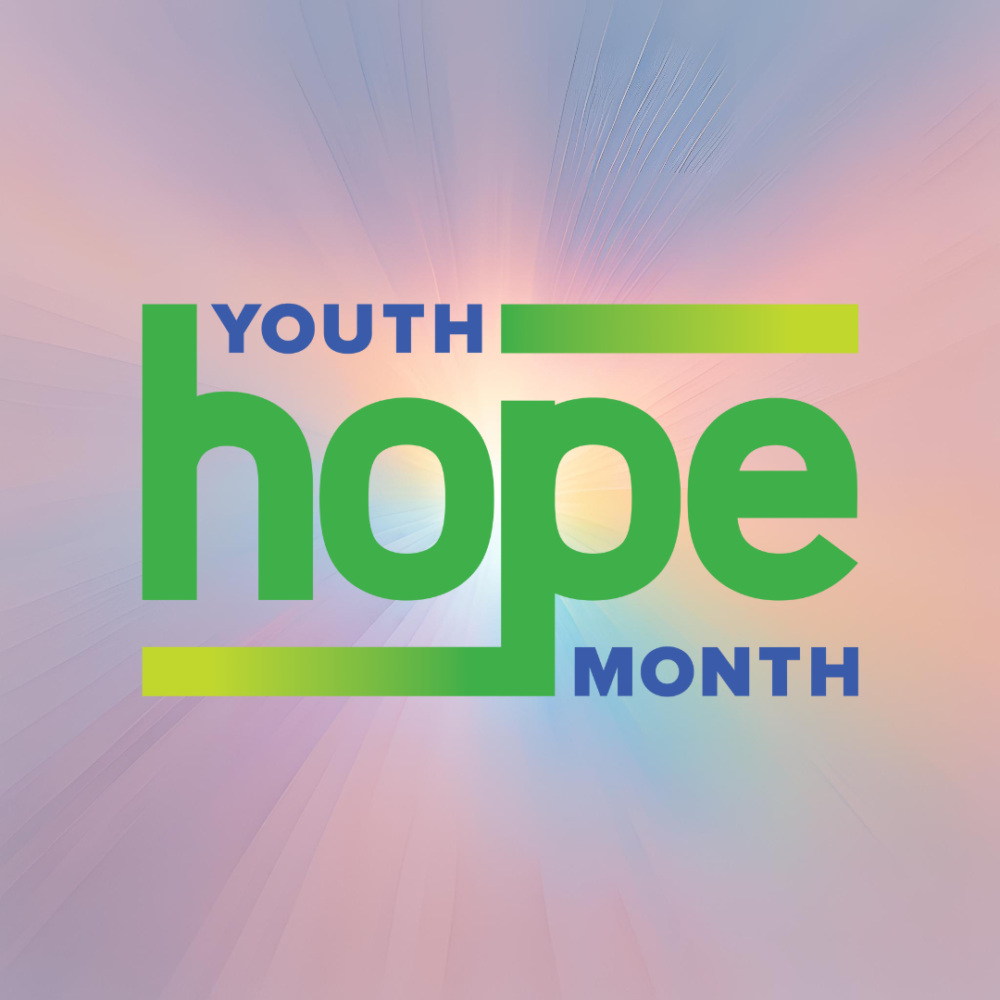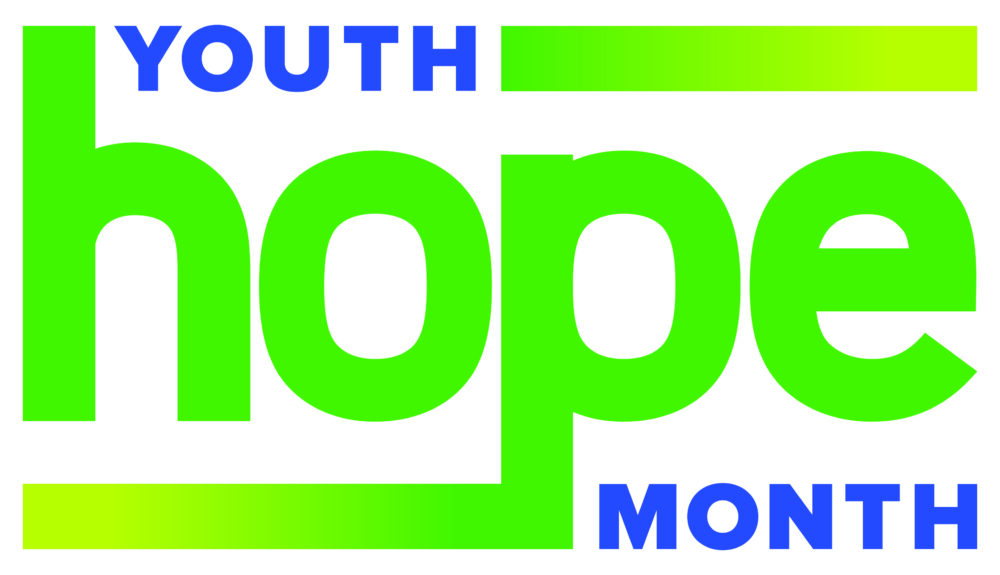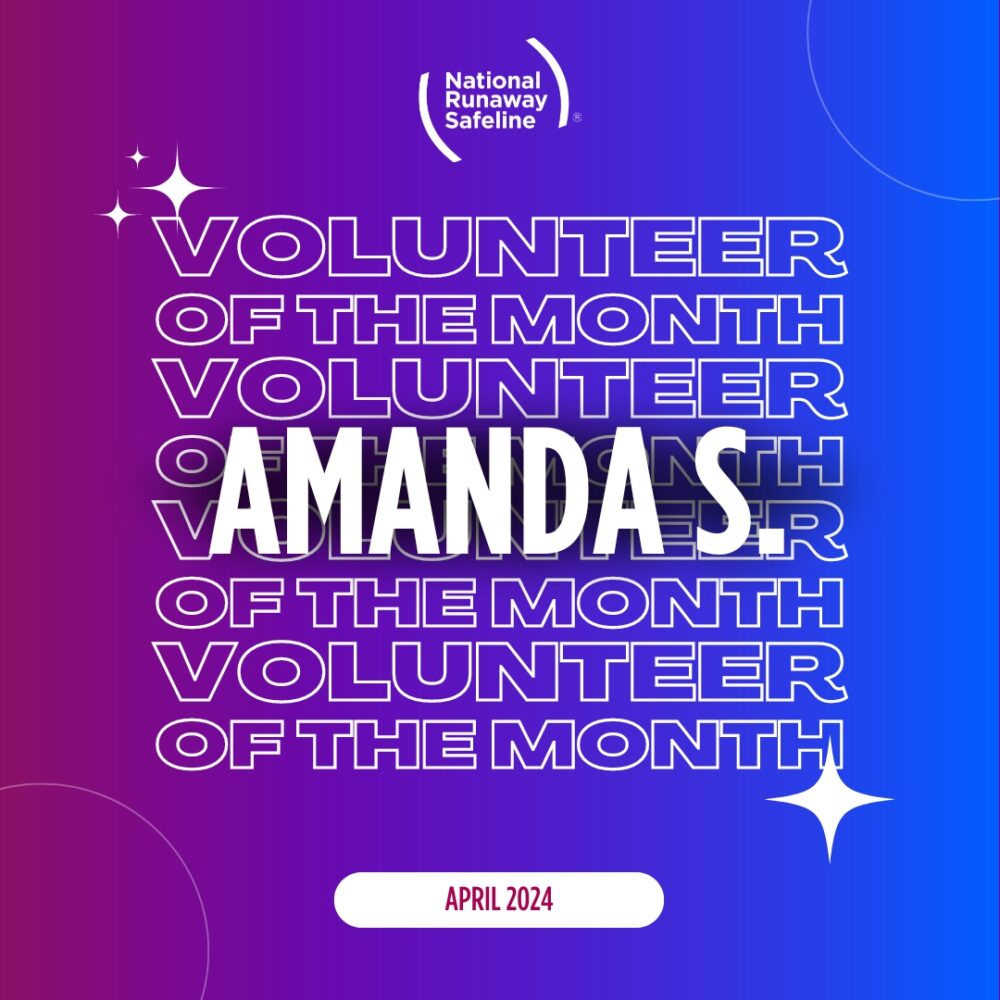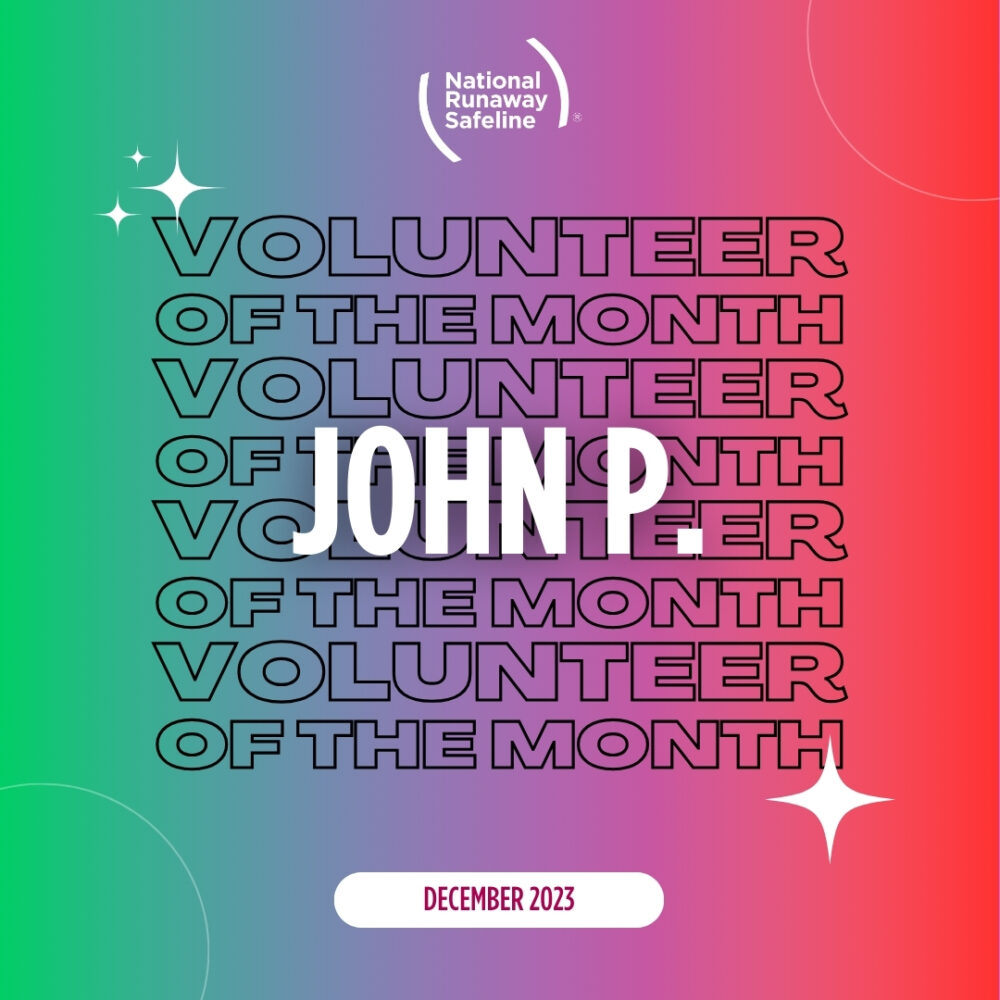Module 5: Families – Roles and Responsibilities Family dynamics was the most common issue raised by youth in crisis who reached out to us in 2018. Family dynamics, which can mean things like divorce, problems with family rules, discipline, step/blended families, or issues with siblings, is consistently a top issue of youth who contact us at the National Runaway Safeline. Because of this, it is important for youth to explore these relationships, learn how to communicate with family members and be able to deal with problems at home.
We provides a free Prevention Curriculum that works to increase resiliency with youth, improve 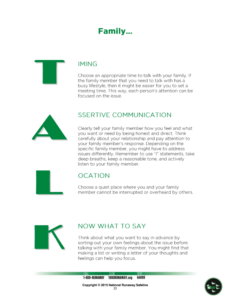 communication, and build other life skills. This curriculum is made up of 14 different modules, each consisting of user-friendly activities that can used with youth in a variety of different settings, for example: in schools, after school programs, runaway and homeless youth programs, and youth groups.
communication, and build other life skills. This curriculum is made up of 14 different modules, each consisting of user-friendly activities that can used with youth in a variety of different settings, for example: in schools, after school programs, runaway and homeless youth programs, and youth groups.
Module 5 of the curriculum is Families – Roles and Responsibilities. Throughout this module youth:
- Learn and practice effective communication skills to deal with family members and family problems
- Identify challenges that arise within a family
- Define what family means to them and discuss how this differs for everyone
- Identify the roles each family member plays and how the youth fit into that
In this module, there are 4 different activities where youth practice family communication and explore different roles and responsibilities. For example, the “Family T.A.L.K.” activity goes through how to communicate effectively and talk to a family member about an important issue.
“Family T.A.L.K” first goes over this handout, which supplements the activity:
- T stands for Timing; it is important to know when it is appropriate to talk to someone in order to make sure they are attentive.
- A for Assertive Communication, which means that it is important to be honest direct. Participants also learn how to use “I” statements, for example “I feel [fill in emotion] when you [behavior], what I need is [action you would like the other person to make].
- L for Location; it’s important to choose a quiet place to talk.
- K for Know What to Say, meaning, prepare in advance what you want to talk about.
This activity then gives 3 sample scenarios for youth to individually work through, or with a group. These scenarios give an example problem that someone could be struggling with at home. Using T.A.L.K. the youth can answer the questions “What would you say?”, “When would you say it?”, and “Where would you say it?”.
This activity along with the rest of Module 5 help youth learn how to practice effective communication with family members. Since family dynamics is the number one issue brought up by youth who are contacting us, learning how communicate and deal with challenging situations may prevent a future runaway episode.
